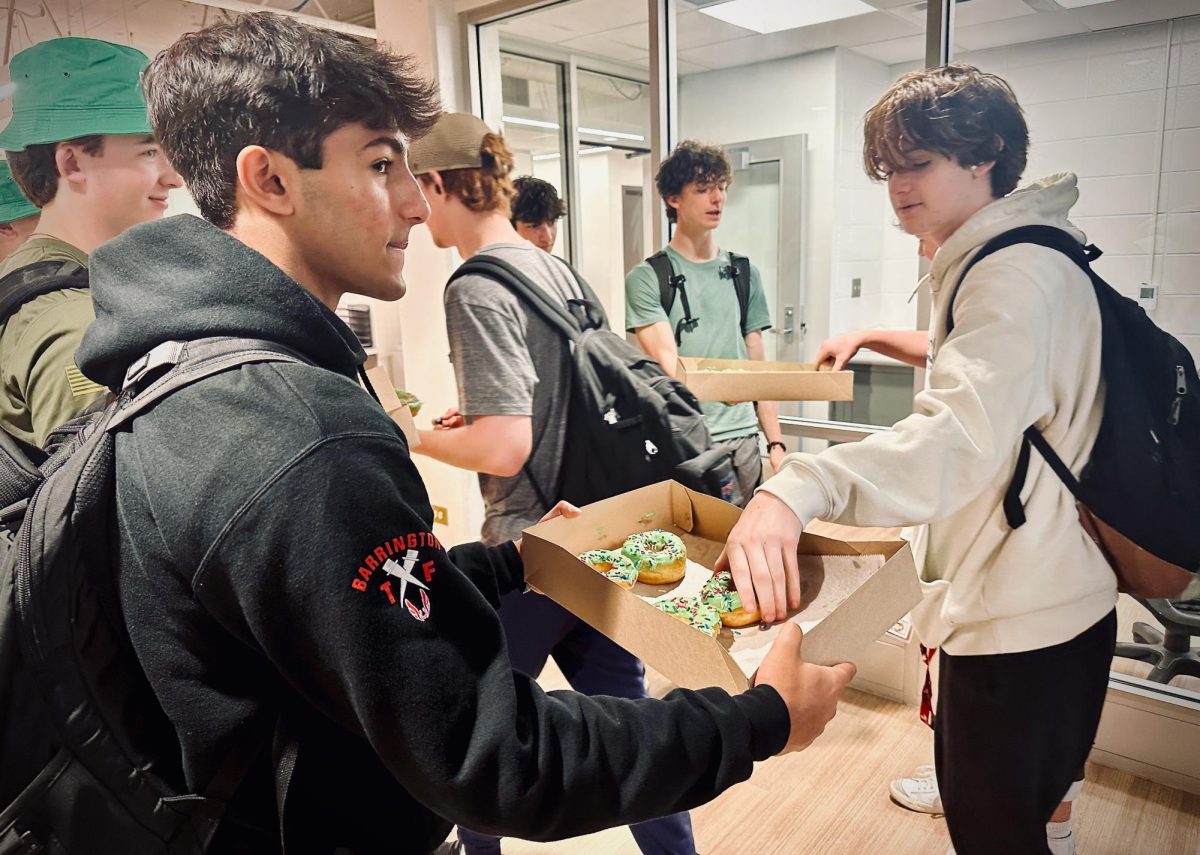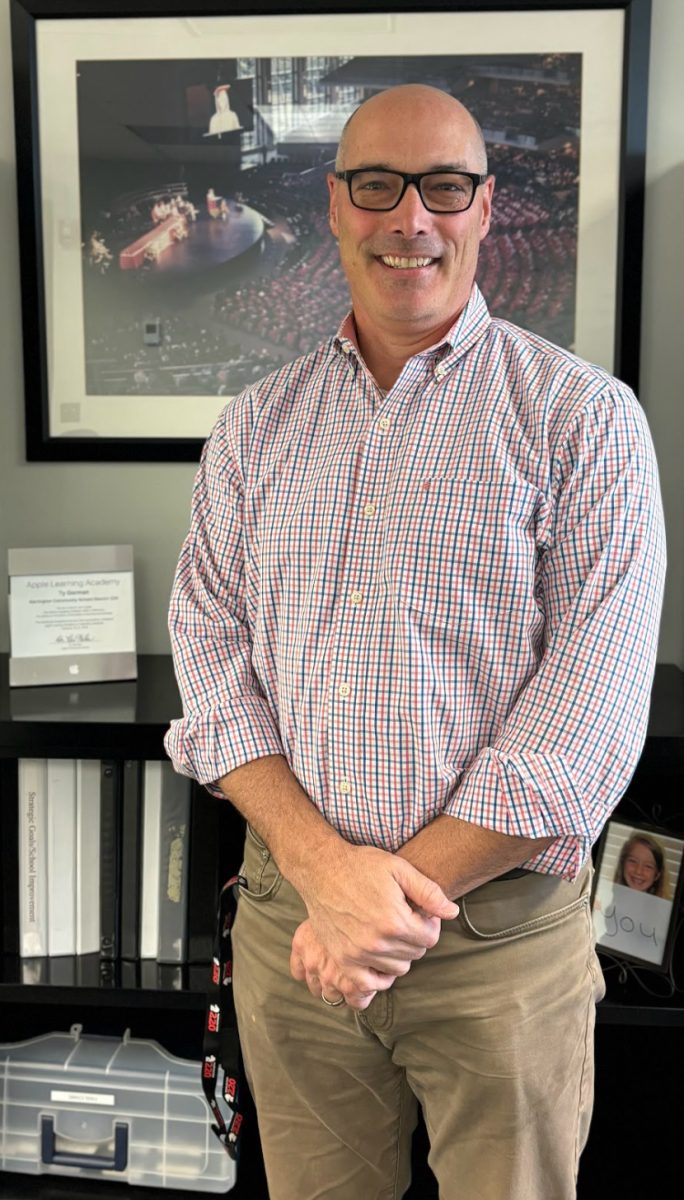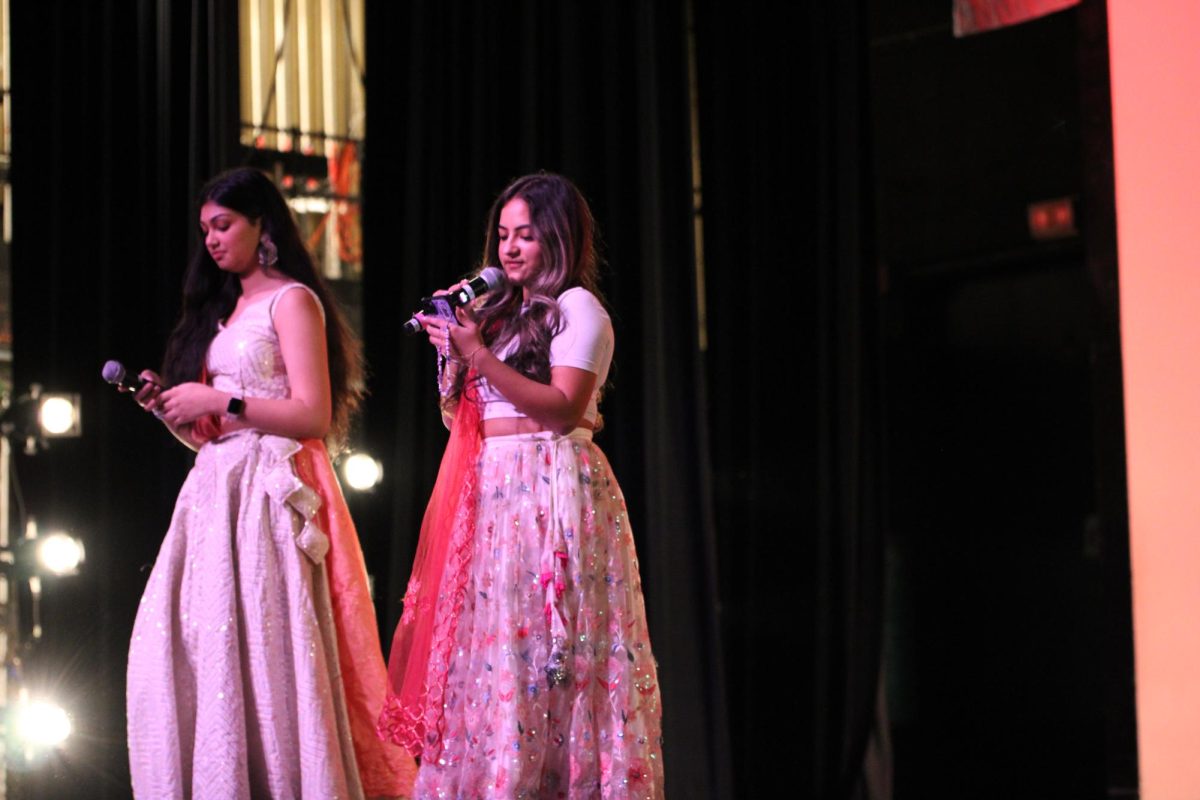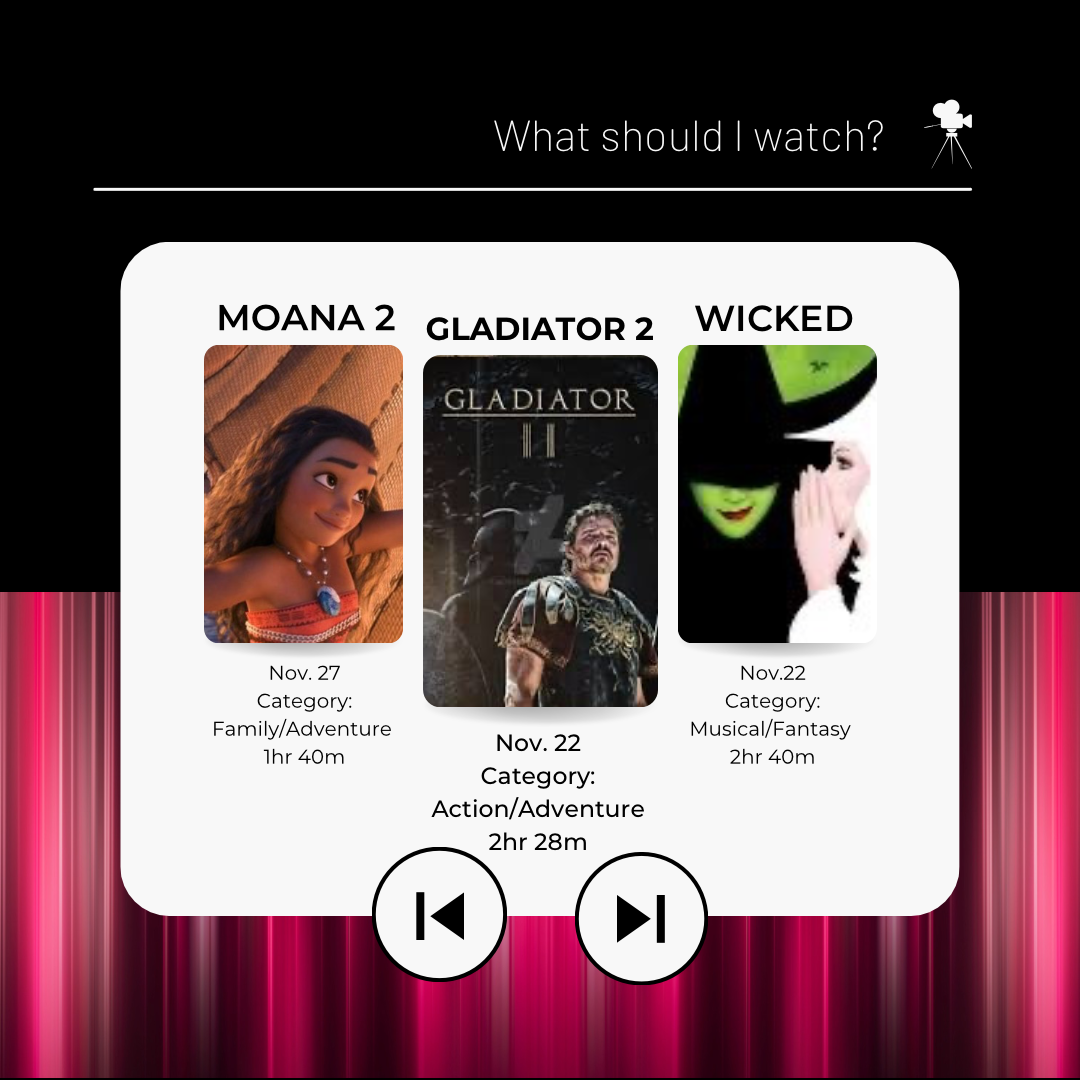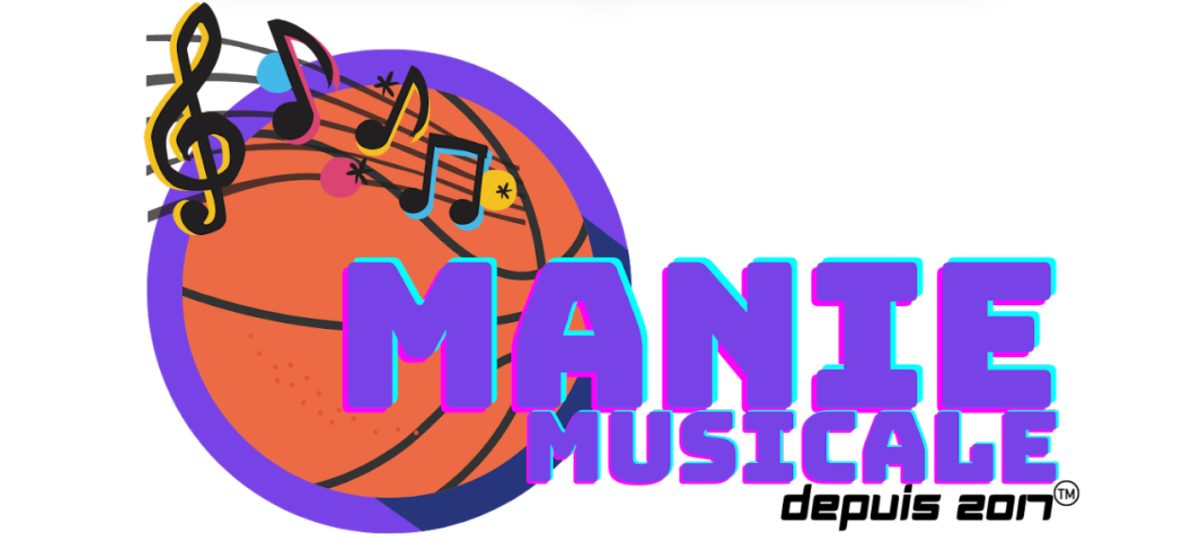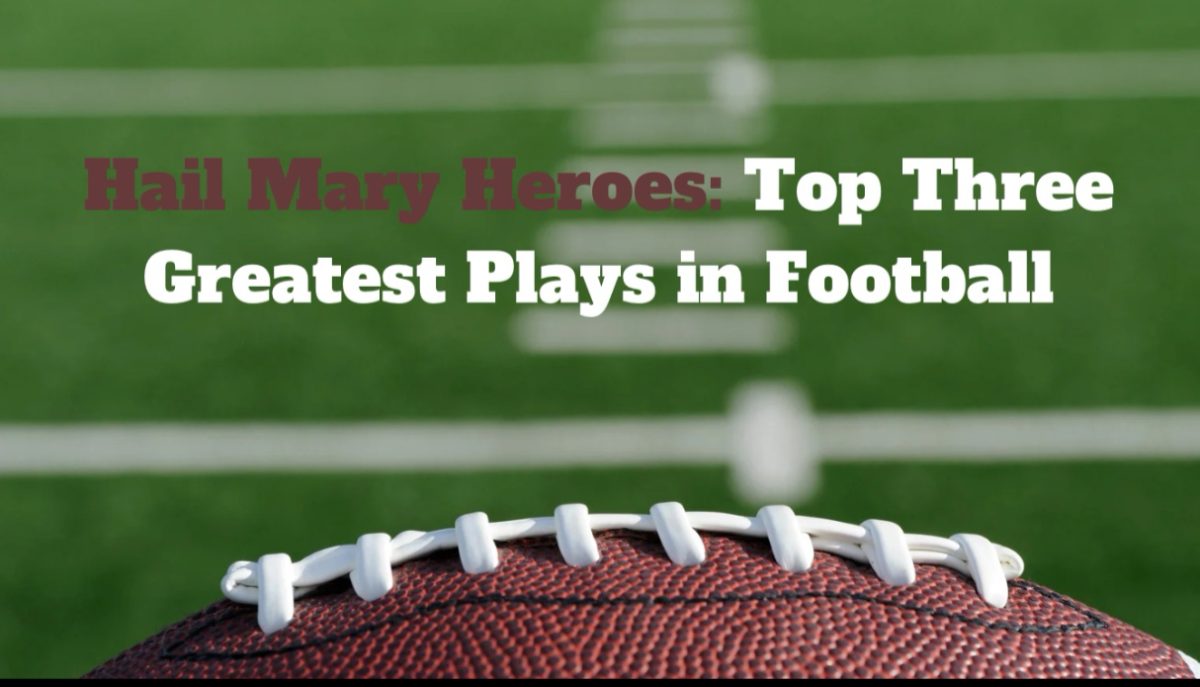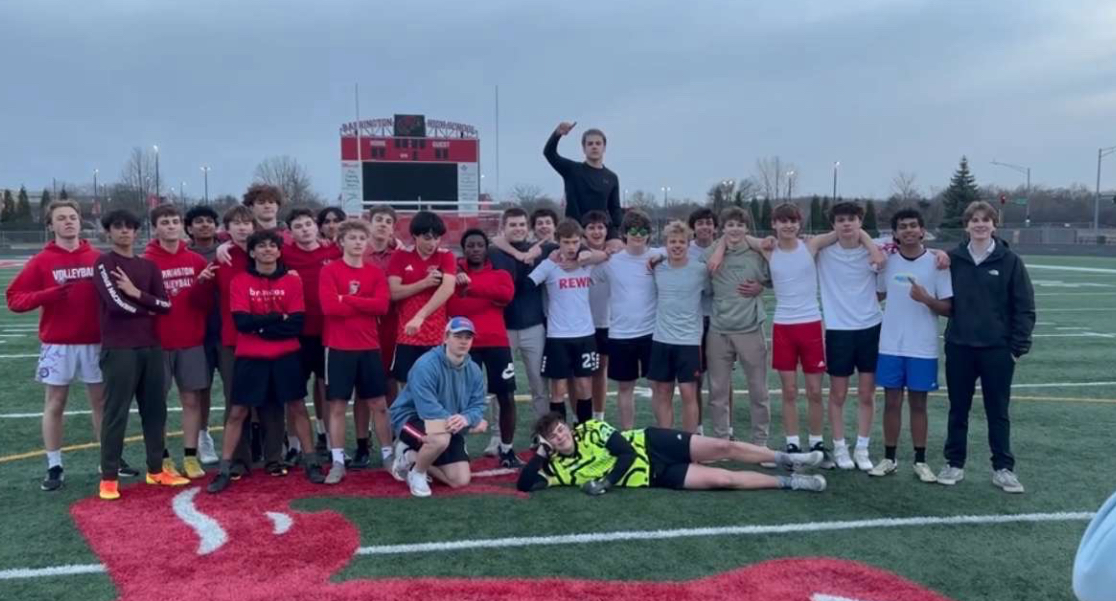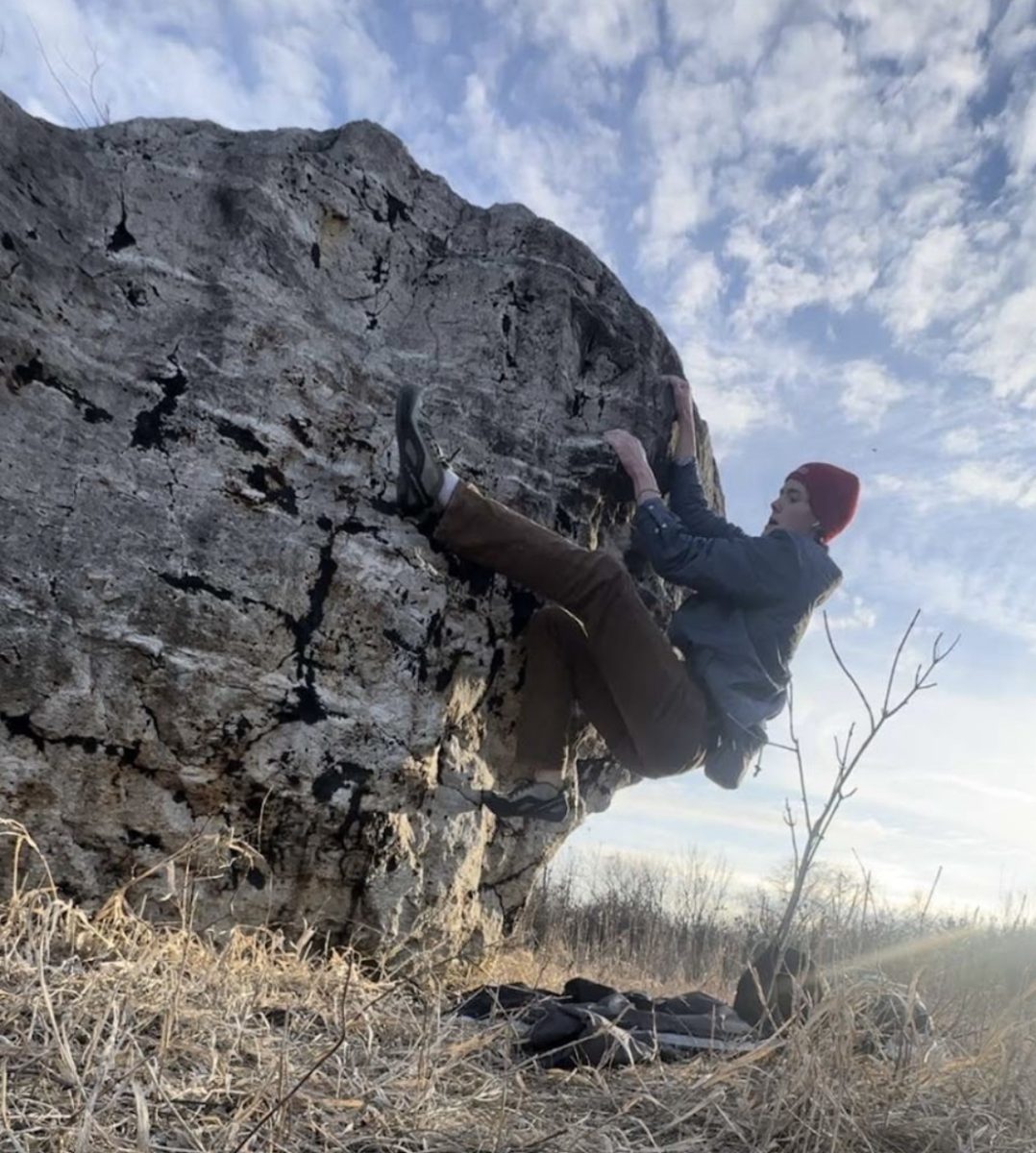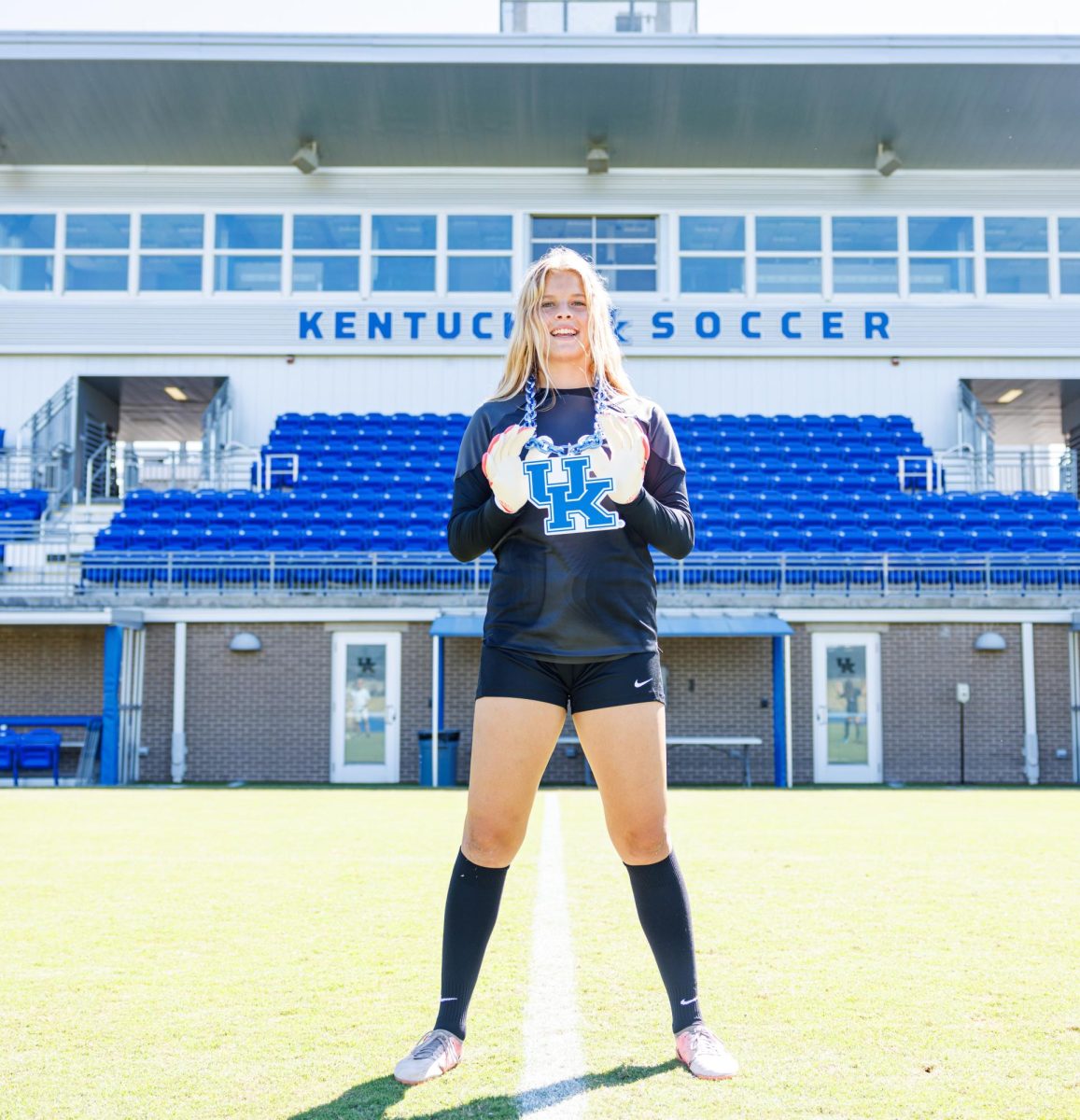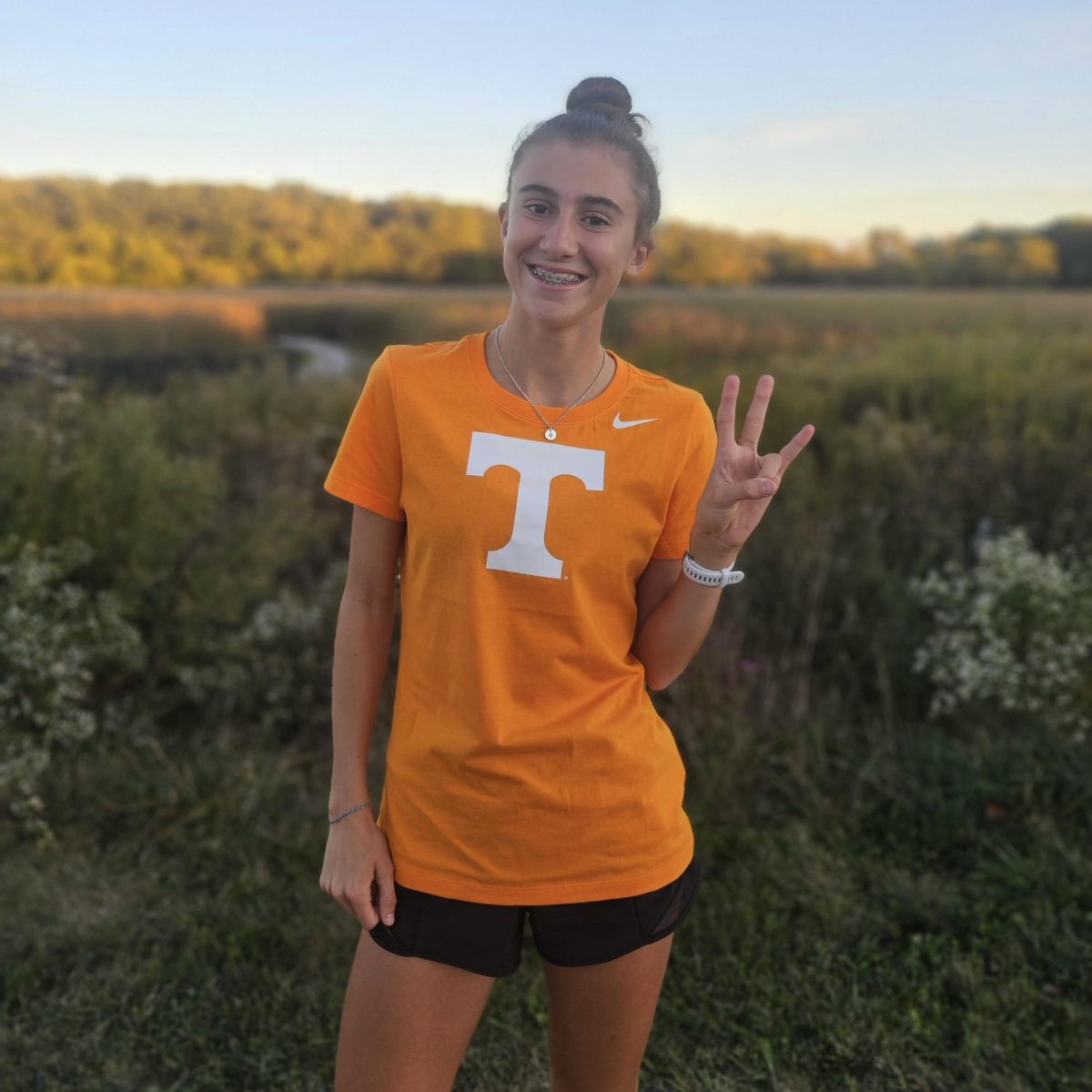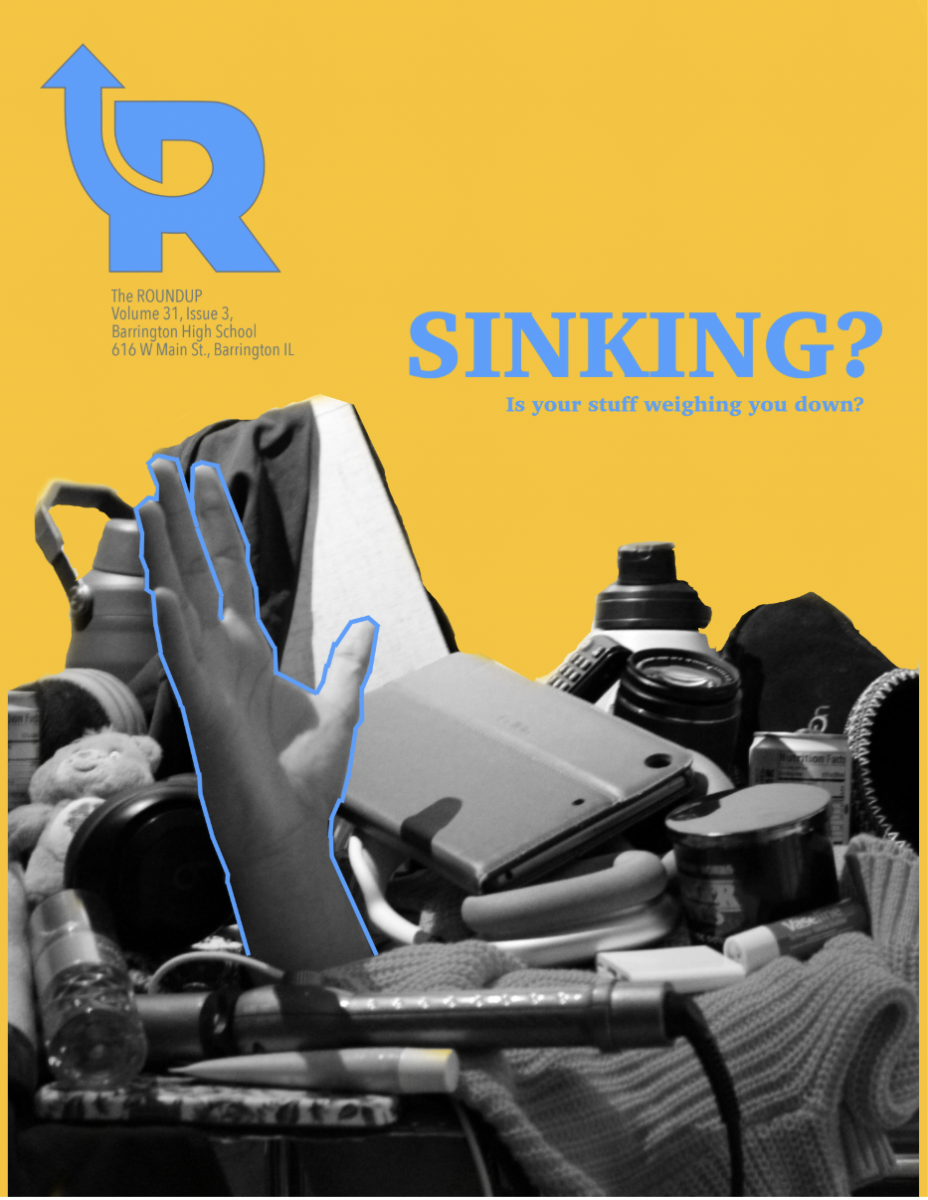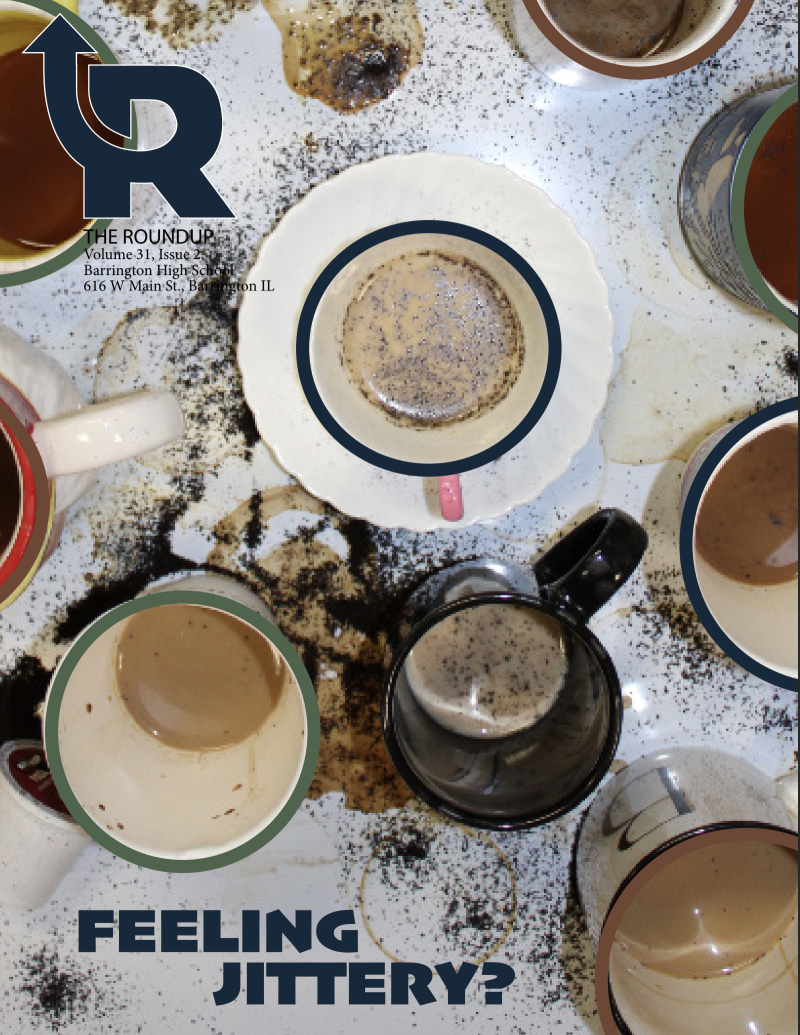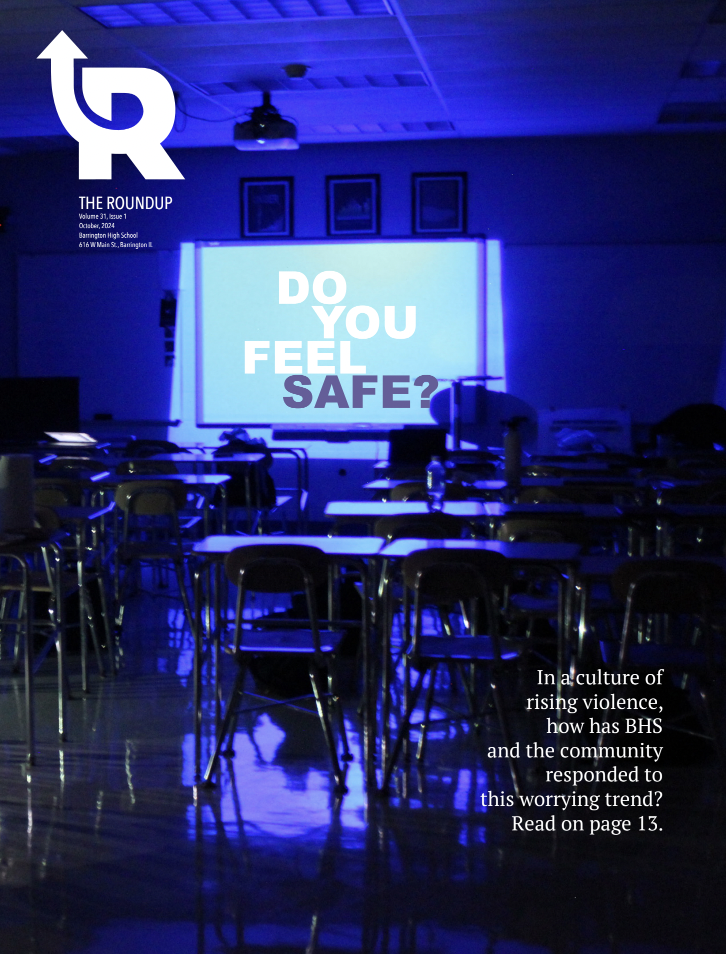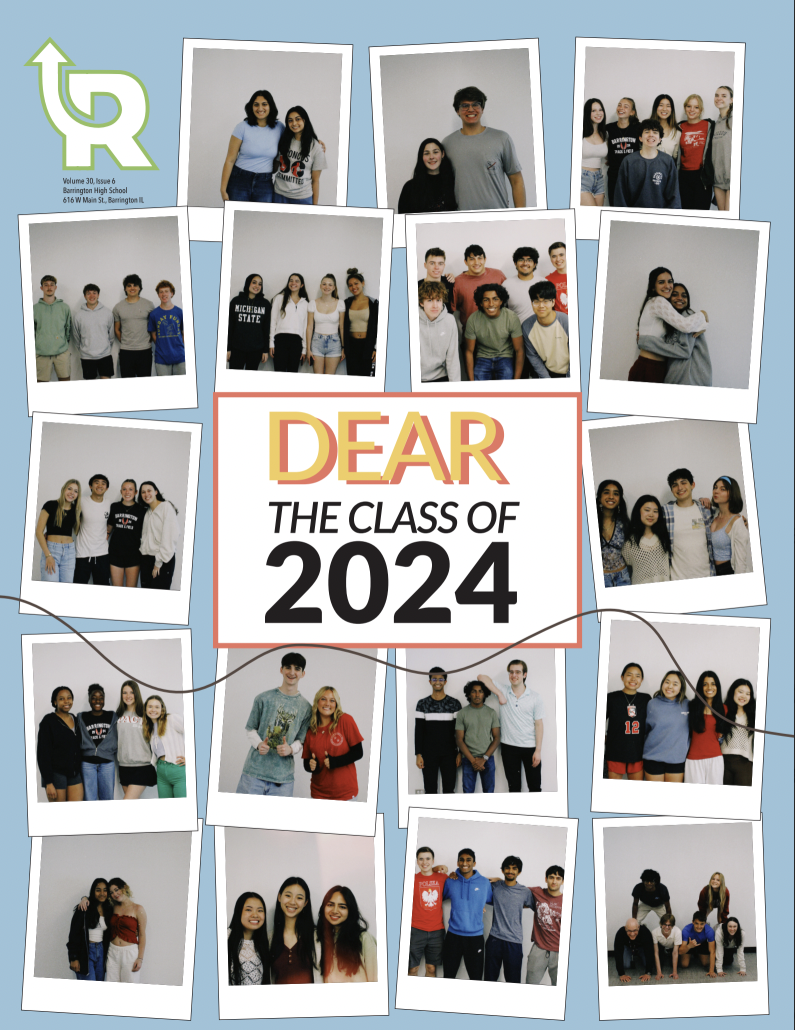Highlighting diversity: Who is Barrington?
Every assembly, bellowing to the crowds, Principal Steve McWilliams shouts, “We are Barrington!” We are Barrington, yes, but who are we? Our school is filled with stories of diverse and unique individuals. We are a collection of individual students; who, together, embody the very meaning and soul of our community.
The student body, staff and community is composed of individuals with unique backgrounds. The district draws from nine unique communities, ranging from Barrington Hills to Carpentersville. In fact, 36.6% of the student population is made up of non-white individuals.
Students like senior Olivia Husseini, who comes from a mixed family where her mother is white but her father is Afghan*, have unique stories to share.
“I had the privilege of growing up with enough money, and I had white privilege because I can pass as white, and I got to go to Barrington and have a great education, but learning about my dad’s culture and his struggles too has shaped what I believe and how I view things even growing up in this district. It’s given me some perspective. I appreciate being here because there is a lot of privilege and a lot of money that goes into the school, so there are a lot of opportunities for the students,” Husseini said.
I had white privilege because I can pass as white, and I got to go to Barrington and have a great education, but learning about my dad’s culture and his struggles too has shaped what I believe and how I view things even growing up in this district. – Olivia Husseini
The school district has strived for cultural diversity and equity; the district hired Dr. Nate Rouse, Director of Equity, Race, and Cultural Initiatives in 2019. In a Quintessential Barrington article, Rouse says his goals for the new school year are to promote an inclusive culture and lead diversity-related programs in school curriculum.
Like Husseini, junior Himat Sidhu has an interesting story regarding cultural diversity. Her family has a long history in India. When Sidhu’s grandmother came to America in 1963, she attended the University of Chicago for graduate school. In those times, there were not many women attending higher education institutions.
“My grandmother was a war refugee when she was very young, walking from Burma (Myanmar) to India during the partition in the 40s, and she would tell me stories about her journey over thousands of miles to get to Punjab, India,” Sidhu said. “My dad, who grew up in Barrington, was the only POC in most if not all of his classes here, and he has shown me how to be accepting of everyone and learn how to not just sympathize, but to empathize with people. My dad is an amazing percussionist, and he got me started on the drums and tabla when I was a toddler. He has influenced a great deal of my musical ability, and has been yet another strong role model in my life.
Sidhu, daughter of an immigrant and a second-generation father, has been a part of the community for a long time. Over the years, she’s learned to embrace her identity and culture and connect to her ancestors.
“When [my mom] got married to my dad and came to America, she took care of my great grandma for a year and my grandma [for] 17 years, and she took care of me, choosing her family over her career,” Sidhu said. “I realize how lucky I am to have been surrounded by strong women all my life, who have taught me to persevere and always help others. They are the reason I can speak Punjabi, have a grounded sense of self and have been immersed in Punjabi culture.”
Many other diverse voices in the district hold pride in their unique culture. The different cultures present in the community have a vast range.
“I realize how lucky I am to have been surrounded by strong women all my life, who have taught me to persevere and always help others. They are the reason I can speak Punjabi, have a grounded sense of self and have been immersed in Punjabi culture.” – Himat Sidhu
“Being First-Gen can be kind of hard because there’s this pressure of being successful for our parents, but like if we’re succeeding, we’re doing a good job, and it’s important that I see [my] success,” senior Gaby Gonzalez said.
Students with an inter-cultural upbringing also share a unique understanding and perspective of the district.
“Obviously, I’m Indian. That’s who I am. But I’m also more. I’m interested in art, programming and [robotics]. I want to be remembered for more than just who I am though, when I leave Barrington. I want BHS to remember me as someone with integrity, as someone who works hard and values education. I think my family and culture puts a really strong emphasis on education. In my family, it’s really seen as the number one goal you should be working towards, and that value has definitely been drilled into me,” freshman Zarah Kazmi said.
To help emphasize equity and minority representation, the district implemented a new equity team (DET) this school year, consisting of representatives from the elementary and middle schools and the high school. Moreover, other educational/equity institutes like the library and PTO have representatives as well. The team’s aim is to “examine district policies, practices, programs, structures, climate, and culture to identify barriers to equity and excellence, and lead systemic change efforts that result in high levels of achievement for all students.”
On top of the cultural teachings and equity initiatives, the other large focus we need is to highlight the community’s unique voices and stories.
The stories of parents or authority figures in someone’s life, help connect individuals to their culture and history. Specifically for junior, Alex Uemura, his parents have shared their own stories regarding adolescent experiences which help him understand his history and culture a little more.
“I am Japanese on both sides. My story comes from my parents and their immigration story. On my mother’s side, my mom’s mom was one of the wealthier people during World War II. So they were able to hide out in the bunkers, everything was fine. But [on] my mom’s dad’s side, my grandpa’s side, they weren’t as wealthy. My grandpa’s dad was one of the naval officers on one of the ships, and the whole family was there. When the ships were destroyed, they had to swim, I think around like 15 miles, from offshore all the way to Japan,” Uemura said. “This isn’t necessarily my story. But the story of my parents is my story because it helps shape who they are, which in turn helps shape who I am as a person. I’m fortunate enough to be born here and never have to go through any of those types of hardships. But knowing what my parents have gone through, that becomes my story because it helps me become more aware towards those certain topics.”
But the story of my parents is my story because it helps shape who they are, which in turn helps shape who I am as a person. I’m fortunate enough to be born here and never have to go through any of those types of hardships. But knowing what my parents have gone through, that becomes my story because it helps me become more aware towards those certain topics. – Alex Uemura
Stories like Uemura’s and Sidhu’s are what make this community unique and stand out. Who is Barrington? Look in the hallway. No two stories are the same. Everyone is an individual but we make up the same community.
*Story updated October 27, 2021 due to inaccurate information.
Your donation will support the student journalists at Barrington High School! Your contribution will allow us to produce our publication and cover our annual website hosting costs.


